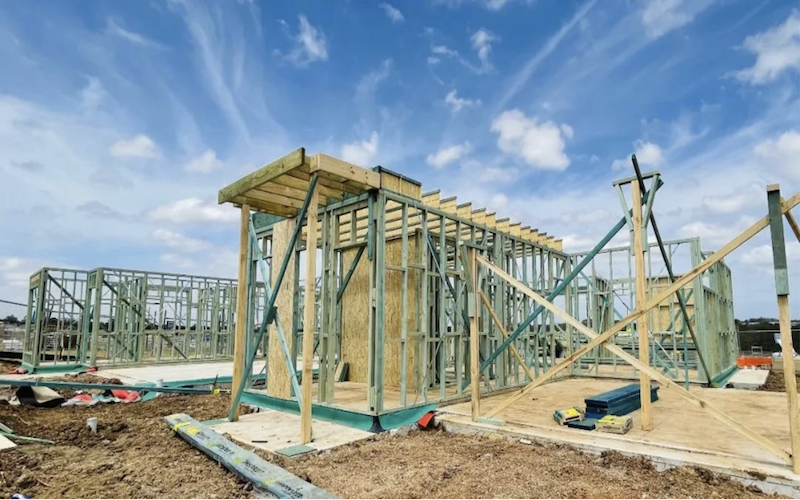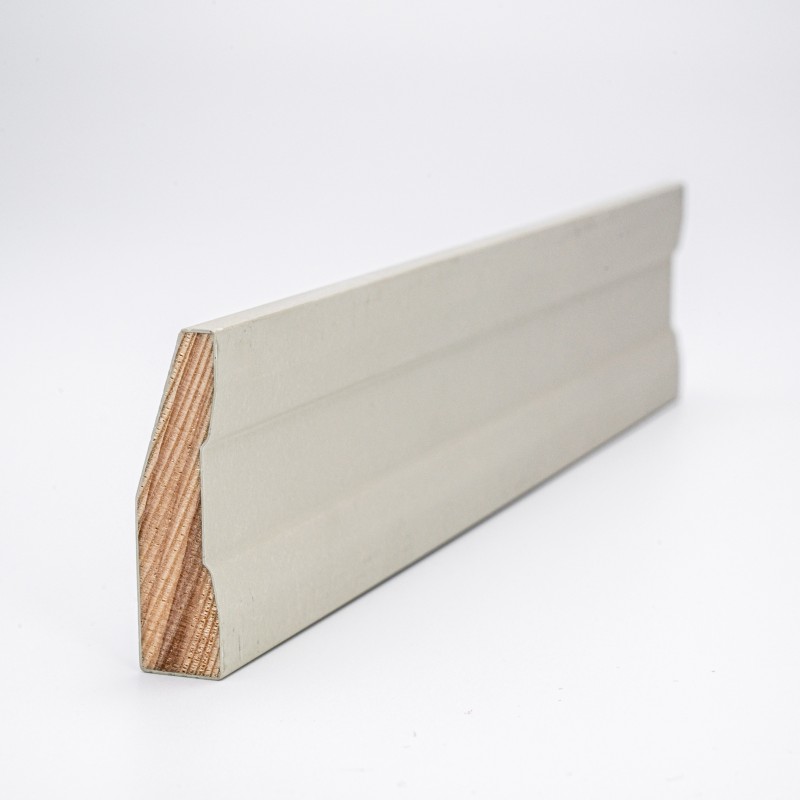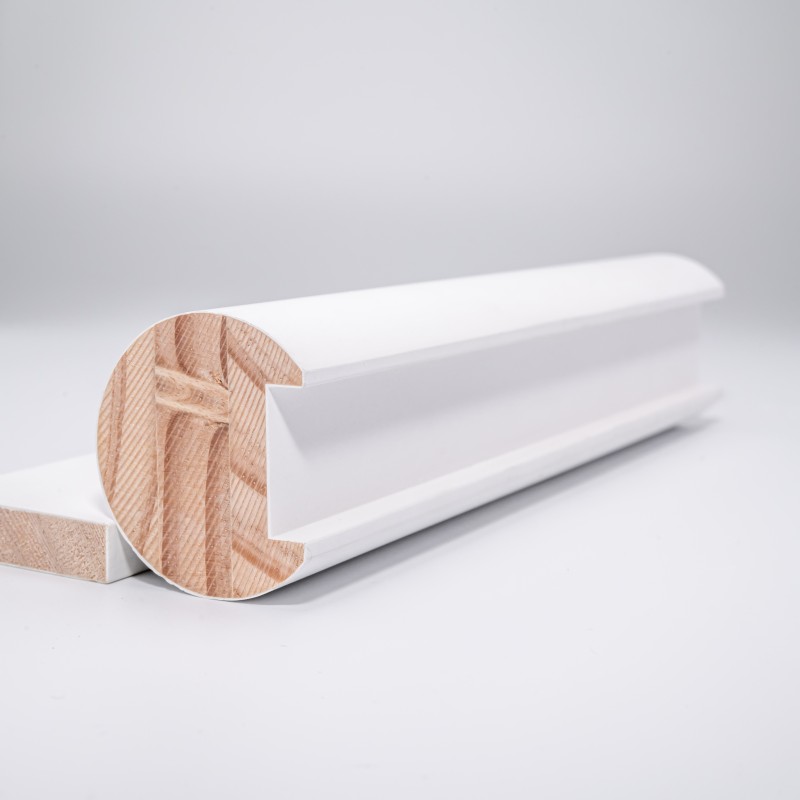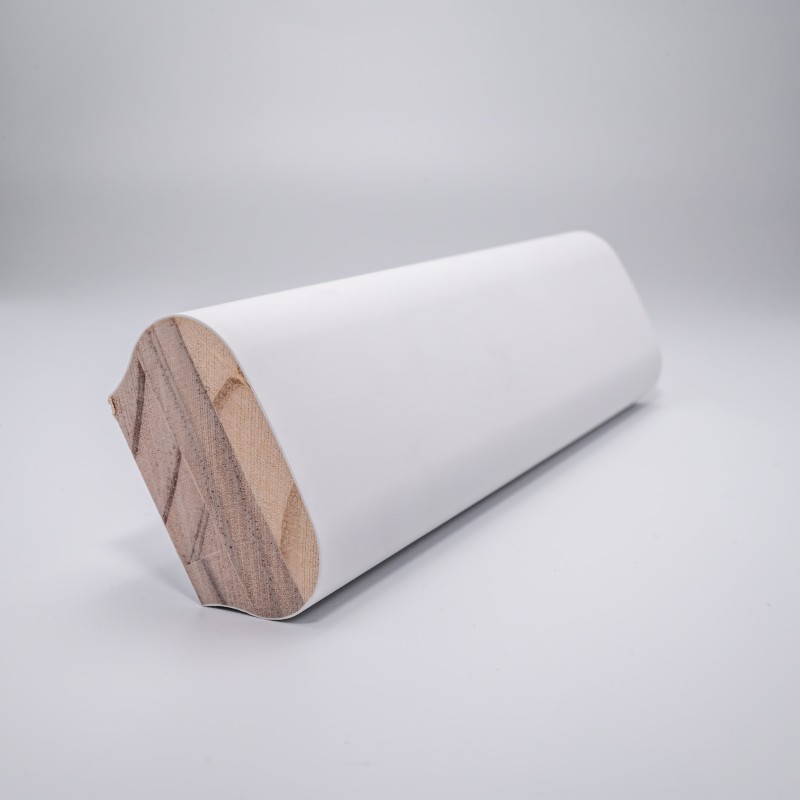Australian House Frame Structure
Popularity of Wood Structure
The use of wood frame as the main body of villa residence has a long history in many European and American countries. Old houses with wood structure can still maintain their functions after hundreds of years, and many historical buildings are still standing after hundreds or even thousands of years. The popularity rate of modern wooden residential buildings in North America, a wood-developed country, has even reached more than 95%! In China, since the Qing Dynasty was overthrown in 1911, the tradition of wooden architecture that has lasted for thousands of years has been completely discontinued, replaced by masonry structure and steel-concrete structure. In fact, the Forbidden City is a solid wooden structure.
With the increase in steel production, the cost of steel materials has decreased, and the steel structure is relatively simple during the construction process. In recent years, more and more independent houses with light steel as the main structure have appeared in Australia.

Advantages and disadvantages of light steel and wood structure
Cost:
The cost of the material itself is not much different. Steel is more expensive than wood. Most of the frames of steel-structured houses are prefabricated in the factory. Its advantage is that it can be directly installed on site, which is quick and convenient, thus reducing the labor cost and material loss of on-site construction. Moreover, the tolerance of light steel frame is small, and the actual construction and installation process is basically accurate.
▶ However, it is precisely because of its high precision that steel structure houses have great limitations in future reconstruction, expansion and even modification. It is impossible to add or reconstruct as flexibly as wooden structures. The main method is to push down and rebuild.
▶ Secondly, if you want to hang something on the wall of a steel structure house in the future, the nails can't be driven into the wall anyway, and you can only use special open screws for iron.
From the perspective of labor costs, each has its own advantages: carpenters use nail guns, which can drive nails continuously. A skilled carpenter can drive 3 or 4 nails per second. On steel, you have to tighten the screws one by one. Even if the most skilled workers use power tools, it takes an average of 3 or 4 seconds to tighten one.
However, in Australia, you must be a certified carpenter to assemble wooden frames, but light steel is different. Even ordinary people with little experience can basically get started with simple on-site training.
Strength
Steel is considered a more durable material than wood, with a higher strength-to-weight ratio. But in fact, the quality of the frame is more related to the actual design and construction standards. In other words, if a project meets Australian building standards, there is no need to worry about quality issues no matter which material is used.
The thin-walled steel of the light steel keel requires a very high level of galvanizing for anti-corrosion. Once the quality is not up to standard or the protective layer is damaged during construction, it will rust very quickly.
Many people think that wood is more likely to rot, but this is actually a misunderstanding. The reason why wood rots is mainly due to fungal corrosion, and the growth and reproduction of fungi requires many specific conditions, such as moisture, oxygen content, etc. As long as we can destroy one of the conditions (such as ventilation, avoiding contact with the ground, anti-corrosion treatment, etc.), the durability of wood can be greatly improved. This is why the design of wooden structures contains many unique details to ensure that the wood can maintain its structural function for a long time.
Fire resistance
"Wood itself is combustible, so light steel frames are naturally better in this regard?"
Experiments show that the fire resistance time of general wooden structures is higher than that of light steel frame structures. There are two reasons for this: First, wood is a material with very low thermal conductivity. Before reaching the ignition point, its thermal insulation performance is very good. In addition, in actual residential buildings, gypsum board materials are attached to the outside, which can well prevent the wood from reaching the ignition point and burning. Tests have shown that when the wood reaches a certain size, a surface carbonization layer will be formed at high temperature, which effectively prevents the internal material from continuing to burn. On the contrary, the disadvantages of light steel frame materials are obvious. In order to reduce weight, the components are generally less than one millimeter thick. In addition, the steel has super thermal conductivity. In the case of indoor fire, it will quickly soften and lose its bearing capacity. You must know that the fire resistance of a building does not depend on whether the material is combustible, but on the time it maintains the structural function at high temperatures.
Termite damage and corrosion
In Australia, termite damage to wooden structures has always been a big problem. Wood needs to be professionally processed to solve this problem to a certain extent. Light steel structures are less troubled by termites.
However, in the humid coastal environment, steel frames are at risk of corrosion. Because steel is a material that is easily corroded. Water vapor, wind and sand, and chemicals such as salt, alkali and acid can cause steel to rust.
Functional aspects
Noise is a disadvantage of light steel frames, especially in the first two years after the house is built. Steel is sensitive to temperature, so it often produces noise due to deformation under the influence of the temperature difference between day and night, often with sudden bursts. As time goes by, when the frame structure gradually becomes more stable, this problem will be alleviated, but wooden frames basically have no such problem.
The thermal insulation performance of light steel structure houses is not as good as that of wooden structures. This is determined by the material properties. The keel in the wall is easy to form a cold bridge (the temperature difference between indoor and outdoor is large. After the cold air enters the house, it combines with the hot air to form water mist adsorbed on the wall, and the house will become damp and moldy).
However, because the wooden frame may be deformed or bent, the steel frame moves less overall than the wooden frame. The slightest movement may cause cracks in the wall and roof gypsum board of the house, which is also a common situation in villas.
Environmental protection
Steel is 100% recyclable, but the large amount of energy required for steel structure production does have a negative impact on the environment. The steel production industry is still one of the main sources of pollution on the earth, and steel mills leave a huge carbon footprint at every step in the steel production process.
Wood is a natural renewable product. Using wood is equivalent to fixing half of the carbon weight of the wood in the building, reducing greenhouse gas emissions. Australia's construction wood is basically from commercially operated wood production bases. Planting, harvesting, and utilization, like crops, are all programmed and cyclical. Not only will it not cause damage to the environment, but on the contrary, because commercial woodlands have been constantly planted and harvested, the process fixes a large amount of carbon dioxide, which is an absolute negative emission material. From a long-term perspective, wood as a building material is almost the best choice in the future, without a doubt.




